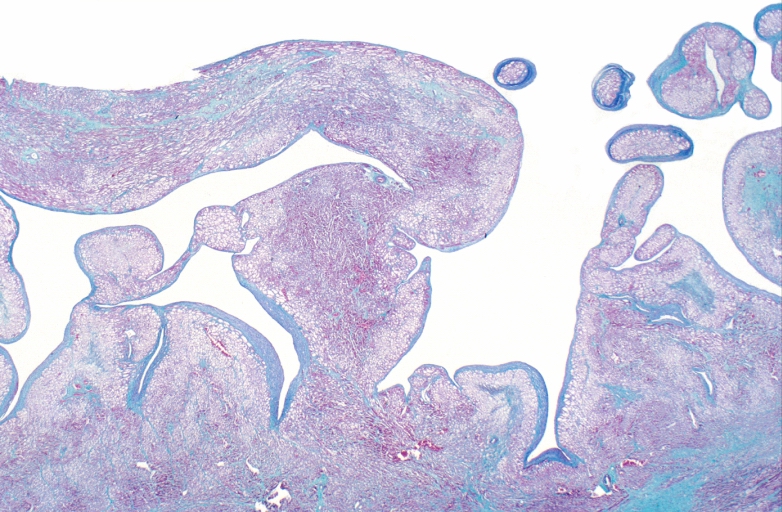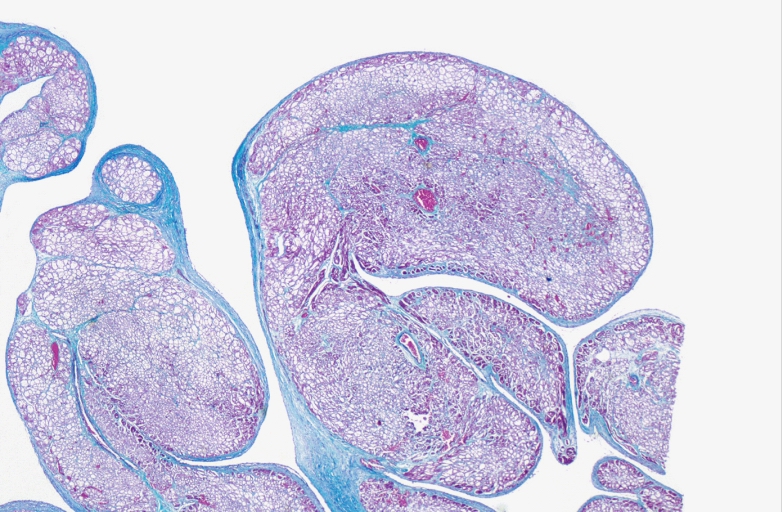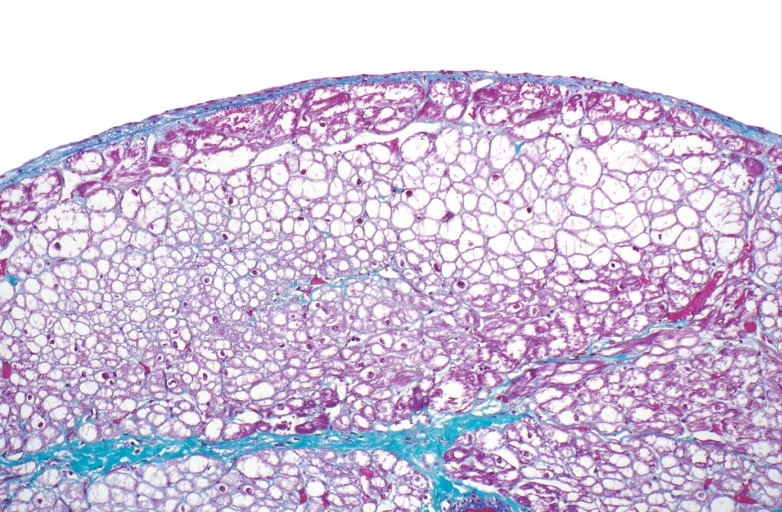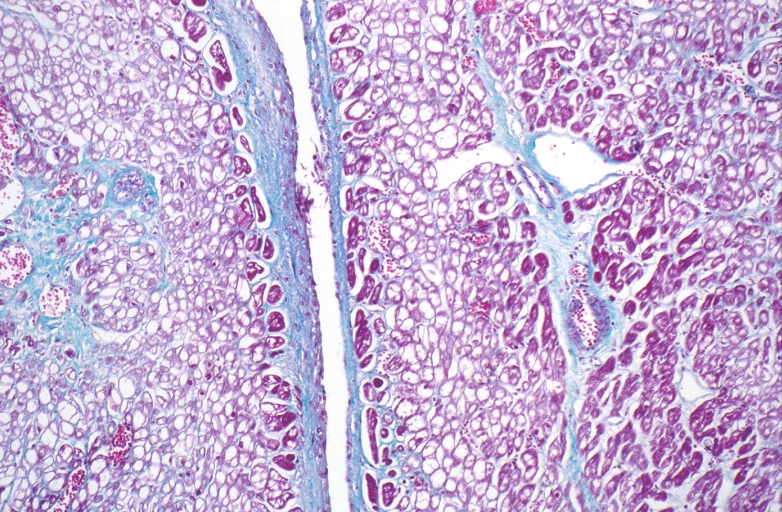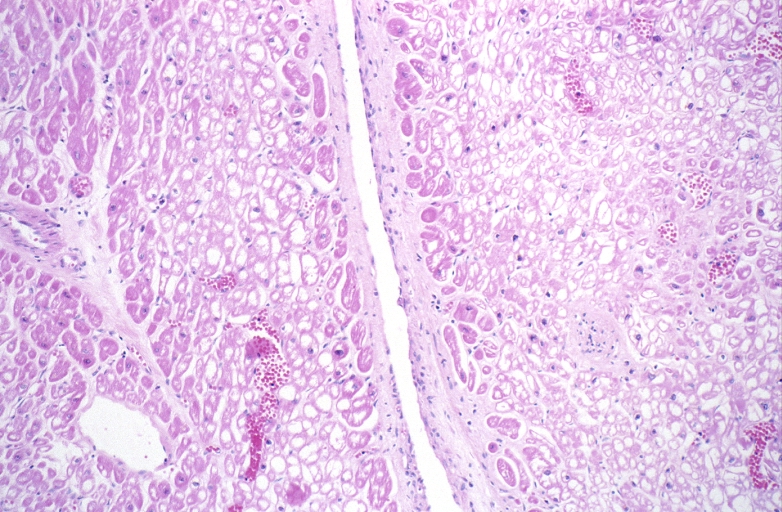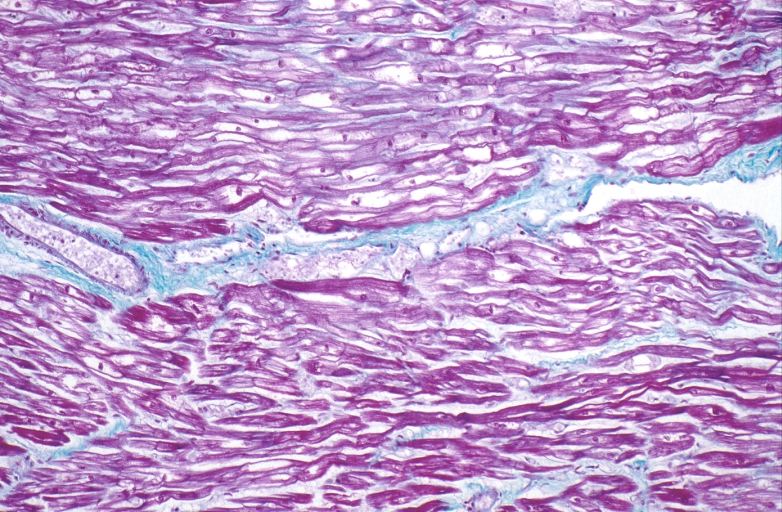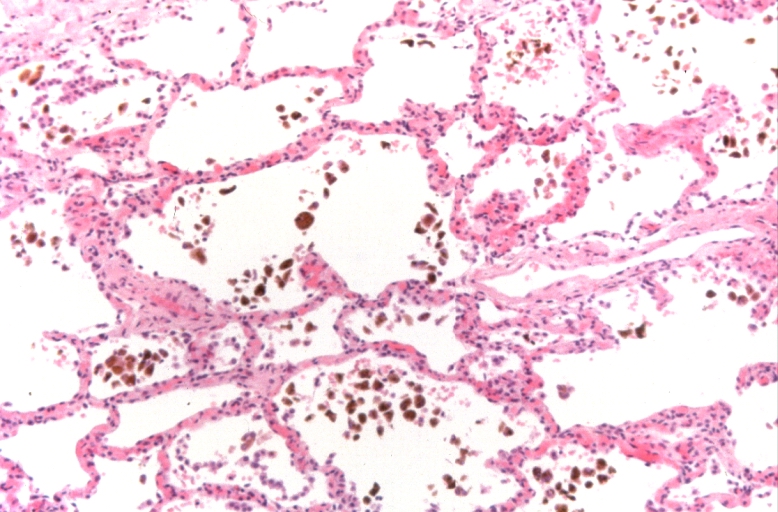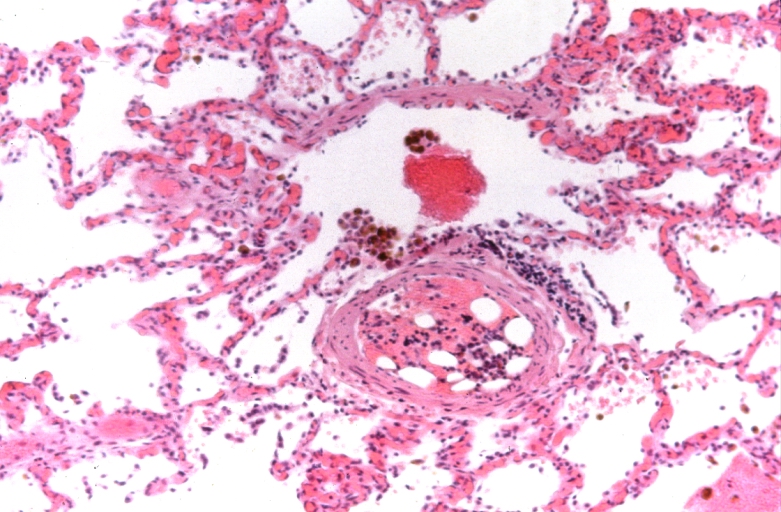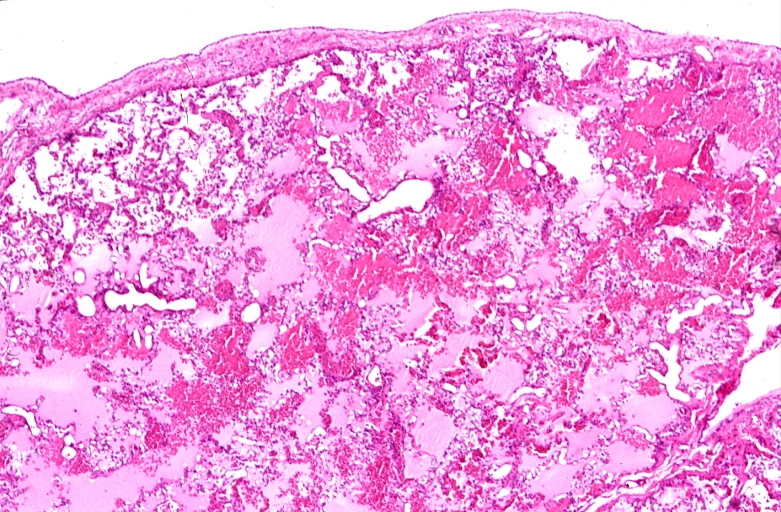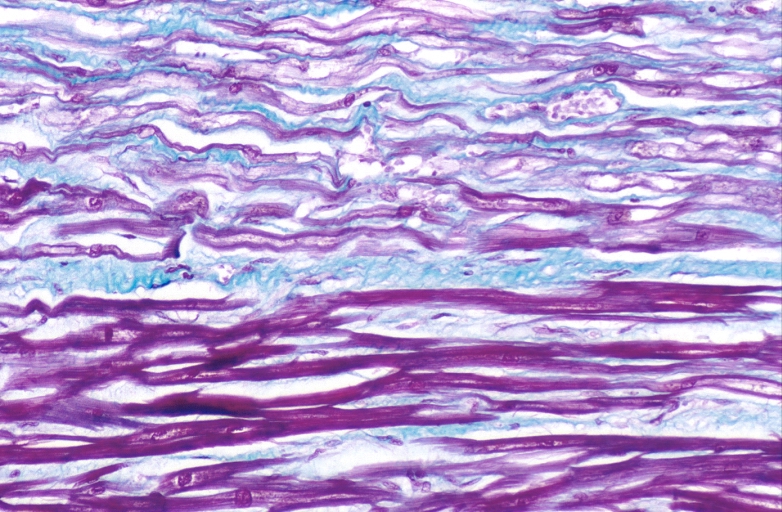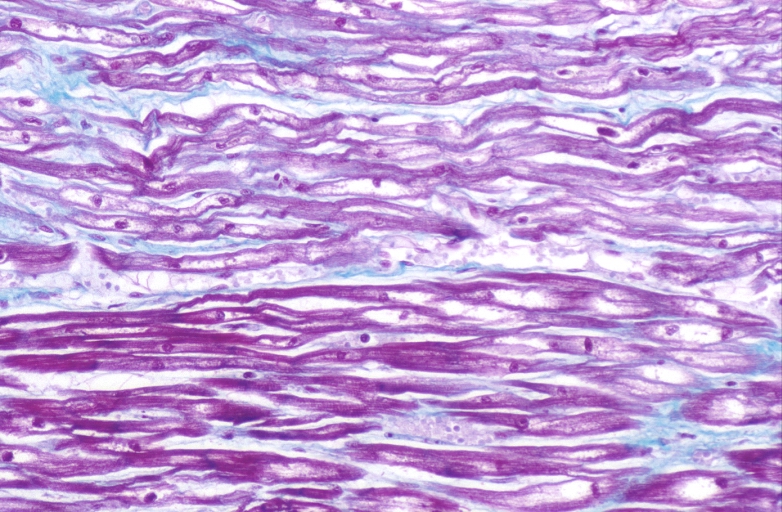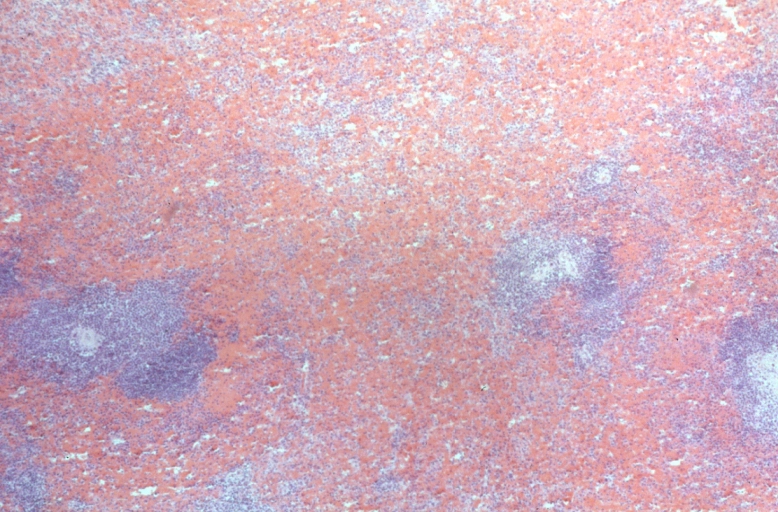|
|
| Line 39: |
Line 39: |
|
| |
|
| ==Treatment== | | ==Treatment== |
| | ===[[Congestive heart failure overview of treatment|Treatment Overview]]=== |
| ===[[Congestive heart failure treatment of patients at high risk for developing heart failure (Stage A)|Treatment of Patients at High Risk for Developing Heart Failure (Stage A)]]=== | | ===[[Congestive heart failure treatment of patients at high risk for developing heart failure (Stage A)|Treatment of Patients at High Risk for Developing Heart Failure (Stage A)]]=== |
| ===[[Congestive heart failure treatment of patients with cardiac structural abnormalities or remodeling who have not developed heart failure symptoms (Stage B)|Treatment of Patients with Cardiac Structural Abnormalities or Remodeling who have not Developed Heart Failure Symptoms (Stage B)]]=== | | ===[[Congestive heart failure treatment of patients with cardiac structural abnormalities or remodeling who have not developed heart failure symptoms (Stage B)|Treatment of Patients with Cardiac Structural Abnormalities or Remodeling who have not Developed Heart Failure Symptoms (Stage B)]]=== |
| Line 49: |
Line 50: |
|
| |
|
| ==[[Congestive heart failure implementation of practice guidelines|Implementation of Practice Guidelines]]== | | ==[[Congestive heart failure implementation of practice guidelines|Implementation of Practice Guidelines]]== |
|
| |
| ==Management of Heart Failure==
| |
|
| |
| ===Pharmacotherapy===
| |
|
| |
| ===A. Acute Pharmacotherapy===
| |
| #[[Diuretics]]
| |
| #[[Nitroprusside]]
| |
| #[[Nesiritide]]
| |
| #[[Milrinone]]
| |
| #[[Dobutamine]]
| |
| #[[Dopamine]]
| |
| #[[Nitroglycerine]]
| |
|
| |
| ===B. Chronic Pharmacotherapy===
| |
|
| |
| ====Antiarrhythmic Drugs====
| |
|
| |
| Antiarrhythmic therapy should be considered as a therapy to prevent sudden death. There are multiple causes of the for sudden death including [[ventricular tachycardia]], [[ventricular fibrillation]] as low as [[pulmonary emboli]], [[hyperkalemia]], and primary [[bradyarrhythmias]].
| |
|
| |
| Over 50% of patients will have asymptomatic non-sustained [[ventricular tachycardia]] and there is no general indication for treatment of this arrhythmia.
| |
|
| |
| Metabolisms of following anti-arrhythmic drugs are significantly affected in patients with [[congestive heart failure]];
| |
|
| |
| #[[Quinidine]]
| |
| #[[Procainamide]]
| |
| #[[Disopyramide]]: Contraindicated in patients with [[heart failure]].
| |
| #[[Moricizine]]
| |
| #[[Lidocaine]]
| |
| #[[Mexiletine]]
| |
| #[[Tocainide]]
| |
| #[[Flecainide]]
| |
| #[[Propafenone]]
| |
| #[[Amiodarone]]
| |
|
| |
| ====Renin-Angiotensin-Aldosteron System Related Drugs====
| |
| #[[Angiotensin converting enzyme inhibitor|ACE Inhibitors]]
| |
| #*[[ACE Inhibitor]]s ([[Angiotensin converting enzyme inhibitor|ACEI]]) should be considered as first-line therapy for the treatment of patients with clinical heart failure due to reduced LVSD, patients with asymptomatic LV dysfunction, and for patients who are at high risk for the development of heart failure due to the presence of coronary, cerebrovascular, or peripheral vascular disease.
| |
| #*Treatment should not be deferred in patients with few or no symptoms because of the significant mortality benefit derived from [[Angiotensin converting enzyme inhibitor|ACEI]] therapy.
| |
| #*Initial therapy usually consist of 12.5 mg tid of [[captopril]], 2.5 mg bid of [[enalapril]], or 2.5 mg daily lisinopril. The optimal dose is usually established by change 4 to 6 weeks. ACE inhibitors are rarely adequate for the treatment of congestion without the use of [[diuretics]].
| |
| #*5-10 % patients cannot tolerate [[ACE inhibitors]] because of [[cough]]. [[Cough]] can be a sign of elevated left-sided filling pressures. Sometimes [[cough]] will diminish with the treatment of heart failure. Angiotensin 2 receptor blockers are now being studied as a substitute for [[ACE inhibitors]]. Renal artery stenosis should be considered if there's a decline in renal function with the initiation of [[ACE inhibitors]].
| |
| #Angiotensin receptor blockers (ARB)
| |
| #Aldosterone Antagonists
| |
|
| |
| ====Anticoagulants====
| |
|
| |
| The annual incidence of systemic and [[pulmonary embolism]] in patients with [[heart failure]] is 2-5%. This is not that is similar from the risk of severe bleeding among patients to its anticoagulants which is 0.8-2.5% per year.
| |
|
| |
| As a result anticoagulation is not routinely recommended in the current guidelines for the treatment of [[heart failure]]. However among those patients with a [[atrial fibrillation]], a history of emboli, or multiple intracardiac thrombi, or akinesis or dyskinesis detected on echo should be anticoagulated.
| |
|
| |
| ====Beta Blockers====
| |
|
| |
| *[[Metoprolol]], [[Carvedilol]] and [[Bisoprolol]] have FDA approval.
| |
| * Blockade of compensatory sympathetic stimulation creates an arrhythmic, ischemic, remodeling, and apoptotic benefit.
| |
| * Used as monotherapy or combined with conventional heart failure management, beta-blockers reduce the combined risk of morbidity and mortality.
| |
| * Initiate low starting dosing and titrate up to tolerated target doses.
| |
|
| |
| #[[Bisoprolol]]
| |
| #Bucindolol
| |
| #[[Carvedilol]]
| |
| #[[Metoprolol]]
| |
| #Nevibolol
| |
|
| |
| ====Ca Channel Blockers====
| |
|
| |
| Although calcium channel blockers cause vasodilation their overall benefit is minimized by the fact that they have a negative inotropic effect and by the reflex activation of the sympathetic nervous system.
| |
|
| |
| These agents are not recommended as vasodilators in patients with congestive heart failure, however they may be useful as antihypertensive agents in patients with diastolic dysfunction.
| |
|
| |
| ====[[Diuretics]]====
| |
| *Provide symptomatic relief.
| |
| *Slows the progression of ventricular remodeling by reducing ventricular filling pressure and wall stress.
| |
| *No survival benefit and may cause azotemia, hypokalemia, metabolic alkalosis and elevation of neurohormones.
| |
| *Although [[thiazide]] [[diuretics]] are effective in mild [[heart failure]] they are usually inadequate for the treatment of severe [[heart failure]].
| |
| *[[Thiazide]] [[diuretics]] have also been associative with [[hyponatremia]].
| |
| *Fluid retention usually responds best to [[furosemide]] (Lasix) and at doses of 10 to 20 mg per day. The patient should be told to return to their position in the next three to seven days for further assessment including assessment of their [[potassium]] concentration. Weight loss should not exceed 1 to 2 pounds/day.
| |
| *If there is no response to the initial dose then it can be increased by at least 50%. The maintenance dose of the [[diuretics]] lower than that required to initiate diuresis.
| |
| *If the patient gains more than two pounds and they are instructed to double the dose of their loop diuretic.
| |
| *Once the baseline weight has been re-established than they can resume their previous status.
| |
| *Intermittent use of [[metolazone]] into dose of 2.5 or 5 mg can be given if the patient is refractory to [[furosemide]] Lasix. [[Metolazone]] should be given in the inpatient setting.
| |
| *The role of [[potassium]] sparing diuretics such as [[spironolactone]] (Aldactone), [[amiloride]], or [[triamterene]] remains the subject of controversy.
| |
| *Extreme caution is necessary when adding a [[potassium]] sparing agent to the regiment that includes [[ACE inhibitor]]s particularly when diabetes or renal disease is present because the patient can become hyperkalemic.
| |
| *'''Electrolyte replacement''':
| |
| [[ACE inhibitor]]s reduce [[potassium]] excretion, but most patients with good renal function require [[potassium]] supplementation during daily therapy with the diuretics such as [[furosemide]] (Lasix) despite of [[ACE inhibitor]]s therapy.
| |
| *Dietary supplementation is rarely adequate.
| |
| *[[Hypokalemia]] can aggravate arrhythmia is precipitate muscle cramps.
| |
| *[[Potassium]] levels >6 (particularly when occurs rapidly) can be associated with reduction in myocardial contractility.
| |
| *Patients are actually at higher risk of [[hyperkalemia]] and [[hypokalemia]]. The goal is to maintain a [[potassium]] between 3.8 and 4.5 mEq.
| |
| *Unless the [[hypokalemia]] is very severe and at life-threatening level, [[potassium]] should be replaced by oral administration.
| |
| *For IV route, It should not be administered more than 10 mEq per hour.
| |
| *Patients who use [[diuretics]] usually require approximately 20-60 mEq/day of oral [[potassium]].
| |
| *Extra [[potassium]] should be given after the patient has noted diuresis or weight change. If patient lost more than two pounds, the electrolyte's level should be checked every three days.
| |
|
| |
| ===== Loop Diuretics =====
| |
| * Furosemide, bumetanide, ethacrynic acid and torsemide.
| |
| * Inhibit the Na+/K+/2Cl- symporter.
| |
| * Furosemide IV has direct vasodilatory effect.
| |
| * Providing additional blood pressure reduction.
| |
| * Relaxes pre-contracted pulmonary venules: beneficial for treatment of Pulmonary Edema.
| |
|
| |
| ===== Thiazide Diuretics =====
| |
| * Inhibit the Na+/Cl- co transporter in the distal convoluted tube.
| |
| * Recommended for management of chronic heart failure.
| |
|
| |
| ===== Potassium Sparing Diuretics =====
| |
| * [[Spironolactone]], [[amiloride]] and [[triamterene]].
| |
| * Inhibit principal cells in the distal convoluted tubule and cortical collecting duct.
| |
| * Inhibits Na reabsorbtion and [[Potassium]] secretion.
| |
| * Their significant side effect is [[hyperkalemia]].
| |
|
| |
| ====[[Nitrate]]s====
| |
|
| |
| *[[Nitrate]]s can be added to [[ACE inhibitor]]s to relieve symptoms of congestion.
| |
| *The addition of a [[nitrate]] and [[ACE inhibitor]] may improve exercised tolerance.
| |
| *The combination of [[hydralazine]] and nitrates is useful when [[ACE inhibitor]]s are not well tolerated.
| |
| *[[Hydralazine]] by itself is only an arterial vasodilator and does not reduced ventricular filling pressures to the same extent that nitrates and [[ACE inhibitor]]s do. In fact when used alone it can stimulate sympathetic tone reflexively. The combination of hydralazine and nitrates has been shown to decrease mortality as well as improve the left ventricular ejection fraction and exercise capacity in patients with [[heart failure]]. However the combination of [[hydralazine]] and [[nitrate]]s has been found to be less effective than [[ACE inhibitor]]s.
| |
| *The major uses this combination is in those patients who are intolerant of [[ACE inhibitor]]s.
| |
|
| |
| ====Positive Inotropics====
| |
|
| |
| #Agents that increase intracellular cAMP
| |
| #*Alpha-adrenergic agonists
| |
| #*[[Phosphodiesterase inhibitors]]
| |
| #Agents that affect sarcolemmal ion pumps/channels
| |
| #*[[Digoxin]]
| |
| #Agents that modulate intracellular calcium mechanisms by either:
| |
| #*Release of [[sarcoplasmic reticulum]] [[calcium]] (IP3)
| |
| #*Increased sensitization of the contractile proteins to [[calcium]]
| |
| #Drugs having multiple mechanisms of action
| |
| #*Pimobendan
| |
| #*Vesnarinone
| |
|
| |
| ===== Digoxin =====
| |
| *Inhibits Na,K+-ATPase resulting in an increase in intracellular Na+, extracellular Ca2+ exchange increasing the velocity and extent of sarcomere shortening.
| |
| *ACC/AHA recommend [[digoxin]] for symptomatic patients with left ventricular systolic dysfunction.
| |
| *Commonly used in patients with [[heart failure]] and [[atrial fibrillation]] to reduce the ventricular response rate.
| |
| *Mortality has not been shown to be improved with use of [[digoxin]], but the use of [[digoxin]] has been associated with a reduction in hospitalization.
| |
| *There is no need to load a patient with [[digoxin]] for most patients with normal renal function 0.25 mg of [[digoxin]] daily is usually adequate. In the only patient or in those patients with renal impairment a dose of 0.125 mg per day may be adequate.
| |
| *Drugs increase the same concentration of [[digoxin]] include antibiotics and anticholinergic agents as well as [[amiodarone]], [[quinidine]] and [[verapamil]].
| |
|
| |
| ===== Dobutamine =====
| |
| *Activates beta-1 receptors resulting in enhanced cardiac contractility.
| |
| *Long-term dobutamine infusions are arrhythmogenic and increase mortality.
| |
|
| |
| =====Dopamine =====
| |
| *Unique dose dependent mechanism of action.
| |
| *At low doses: (≤2 µg/kg/min), selective dilation of splanchnic and renal arterial beds. assists in increasing renal perfusion.
| |
| *At intermediate doses: (2 to 10 µg/kg/min), increased norepinephrine secretion results in increased cardiac contractility, heart rate and peripheral vascular resistance.
| |
| *At higher doses: (5 to 20 µg/kg/min), direct alpha-adrenergic receptor stimulation increases systemic vascular resistance.
| |
|
| |
| ===== Milrinone =====
| |
| *Phosphodiesterase-III inhibitor that enhances contractility by increasing intracellular cyclic adenosine monophosphate (cAMP).
| |
| *Potent pulmonary vasodilatation that benefits pts with pulmonary hypertension.
| |
| *Unlike dobutamine: milrinone is beneficial to decompensated heart failure patients on beta-blocker therapy.
| |
| *Long term milrinone infusions are arrhythmogenic, and increase mortality.
| |
|
| |
| ===Biventricular Pacing===
| |
|
| |
| Biventricular pacing or cardiac resynchronization therapy is;
| |
|
| |
| * Indicated for symptomatic patients with NYHA III-IV heart failure and wide QRS complex (>120ms).
| |
| * 70% of patients receiving synchronous ventricular contraction report significant symptomatic improvements.
| |
|
| |
| ===Implantation of Intracardiac Defibrillator===
| |
|
| |
| *50% of heart failure patients die of [[sudden cardiac death]].
| |
| *ICDs are indicated for patients with previous myocardial infarction and LVEF <30%, sustained ventricular tachycardia, inducible ventricular tachycardia.
| |
| *Morbidity/mortality benefit of ICD placement vs. anti-arrhythmic drug therapy is controversial.
| |
|
| |
| ===Ultrafiltration===
| |
| The process of ultrafiltration consists of the production of plasma water from whole blood across a semipermeable membrane (hemofilter) in response to a transmembrane pressure gradient. Possible benefits of ultrafiltration as follow;
| |
|
| |
| #Provides fluid regulation
| |
| #:*Relieve pulmonary edema
| |
| #:*Reduce ascites and/or peripheral edema
| |
| #:*Hemodynamic stabilization
| |
| #:*Improve oxygenation
| |
| #:*Facilitate blood product replacement without excess volume
| |
| #:*Enable parenteral nutritional support without excess volume
| |
| #Improves solute regulation
| |
| #:*Correct acid-base balance
| |
| #:*Correct serum sodium content
| |
| #:*Eliminate myocardial depressant factors or known toxins
| |
| #:*Correct uremia
| |
| #:*Correct hyperkalemia
| |
| #:*Correct other electrolyte disturbances
| |
| #Helps to establish homeostasis
| |
| #:*Reset water omostat
| |
| #:*Restore diuretic responsiveness
| |
| #:*Reduce neurohormonal activation
| |
|
| |
| ===Cardiac Surgery===
| |
| *Resection of non-viable myocardium
| |
| *Revascularization without resection of non-viable myocardium
| |
| *Dor procedure: Surgical resection of infarcted myocardium and left ventricular reconstruction.
| |
| *Placement of a passive containment device to prevent progressive cardiac dilation ('''Under investigation''')
| |
|
| |
| ===Left Ventricular Assist Devices===
| |
|
| |
| *LVADs are temporary devices to bridge end stage patients to cardiac transplantation.
| |
| *Current clinical research in implementing permanent portable LVADs is underway, and first studies have promising results.
| |
|
| |
| ===Cardiac Transplantation===
| |
|
| |
| * For patients with end-stage congestive heart failure despite all interventions.
| |
| * 80% 1 year survival and 60% 5 year survival.
| |
| * Lifelong immunosuppressive therapy to prevent (or postpone) rejection, increased risk for opportunistic infections and malignancies.
| |
|
| |
| '''AHA/ACC Guidelines: Indications for heart transplantation'''
| |
| *Any hemodynamic compromise due to heart failure.
| |
| *Requiring IV inotropic support to maintain adequate organ perfusion.
| |
| *Peak Vo2 <10 ml/kg/min.
| |
| *NYHA Class IV symptoms not amenable to any other intervention.
| |
| *Recurrence of symptomatic ventricular arrhythmias refractory to all therapeutic intervention.
| |
|
| |
| ==Exercise and Daily Activities==
| |
| *Patient should have uninterrupted exercise at least four days a week including a walking program.
| |
| *Rowing machines usually are too vigorous of exercise.
| |
| *Patients with heart failure should avoid weightlifting.
| |
| *The patient should not routinely lift more than 20 pounds.
| |
| *Patients can continue their sexual activity. Some patients take 2.5 or 5.0 mg of sublingual nitroglycerin before sexual activity.
| |
|
| |
|
| ==Prognosis== | | ==Prognosis== |

